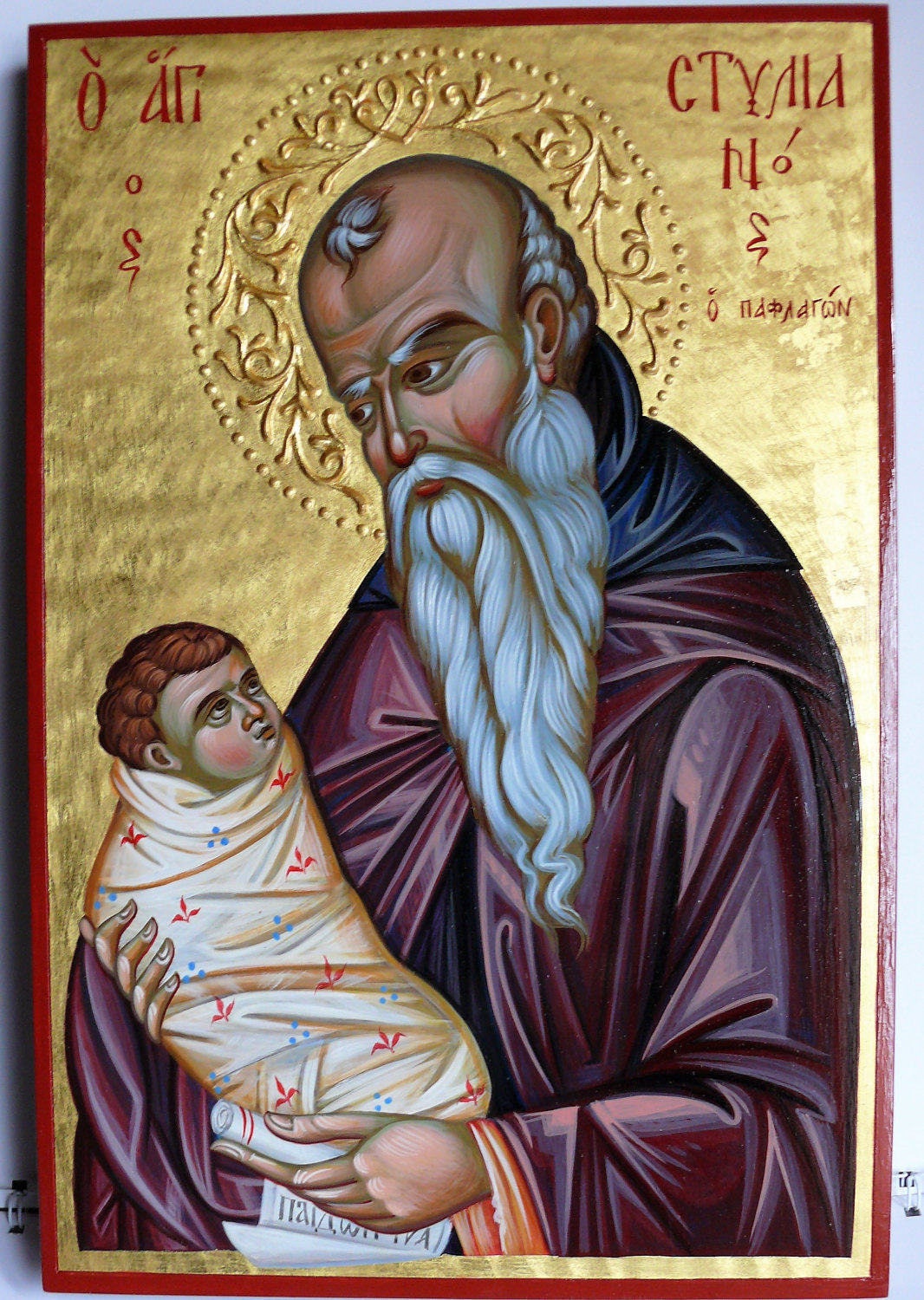
For the regulative principle to be valid, it must be shown that this particular approach is the normative hermeneutical framework for all Christians. If on the other hand one were to follow the normative principle then the possibility opens up for an Evangelical or Reformed Christian to find a biblical basis for icons. Although the word eikon “εικων” can be found in the New Testament it would be a stretch to claim that it refers to the pictorial representations found in Orthodox churches. If one follows the regulative principle, then almost immediately we can close the book on the question.


Within Protestantism there are two major hermeneutical frameworks: (1) what Scripture does not enjoin explicitly is prohibited - the regulative principle of worship, or (2) what Scripture does not prohibit is permitted - the normative principle of worship. But whenever one talks about the authority of Scripture, one must also talk about how one interprets Scripture. If there is anything that stands out as the hallmark of Evangelicalism and Reformed Christians, it would be their high regard for the authority of Scripture. For Evangelicals and Reformed Christians the bottom line question will be: Is there a biblical basis for icons? In this posting I will attempt to forge a basis for a common understanding between Protestants and Orthodox on what the Bible teaches about the role of images in worship and theology. Moreover, there seems to be a dearth of biblical texts pointing to the use of icons in the New Testament. The use of icons seems to violate the injunction against graven images found in the Ten Commandments. However, one of the major stumbling blocks for many is the use of icons in Orthodox worship. In recent years there has been a growing interest among Evangelicals and Reformed Christians in Eastern Orthodoxy.


 0 kommentar(er)
0 kommentar(er)
